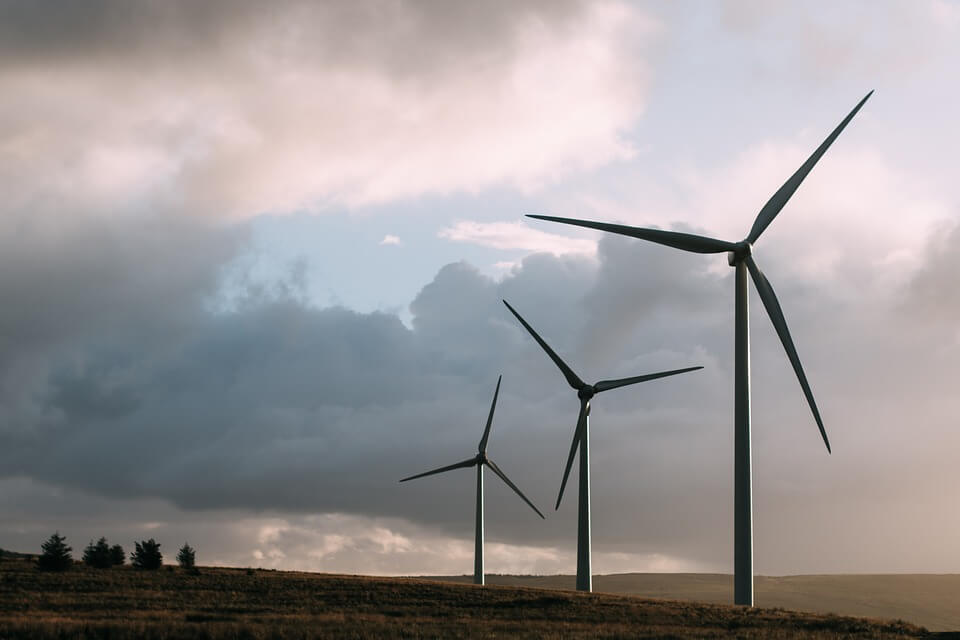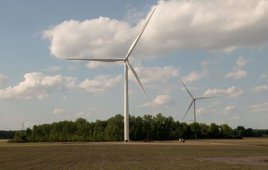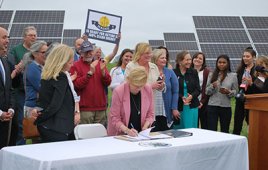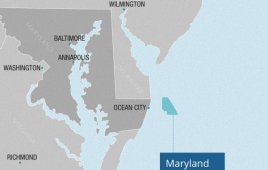From FTI Consulting Inc
The renewables sector is entering an exciting new phase. Rapidly evolving technology, economies of scale and regulations and changing attitudes among policy makers means that, despite reductions in subsidies, renewables are winning market share from fossil fuels around the world.

The renewables sector is entering an exciting new phase. Rapidly evolving technology, such as that in modern wind turbines, the economies of scale and regulations and changing attitudes among policy makers means that, despite reductions in subsidies, renewables are winning market share from fossil fuels around the world.
The announcement in September that the U.S. and China will formally ratify the Paris climate change agreement was greeted around the world as a major step in the battle against global warming and was seen by many as providing an additional boost for the already fast growing, renewable-energy sector. Although President Trump has made intimations about withdrawing from the agreement, the momentum toward renewable adoption cannot be denied.
The historic agreement comes in the wake of a number of factors that are stepping up the pace of growth in renewables. Once considered a niche industry driven by environmental policies rather than economic realities and the need to meet energy needs, the renewable energy market is experiencing rapidly accelerating growth as costs fall while reliability and the consistency of supply improves.
The Paris agreement is set against a backdrop of technological innovation and falling production costs brought about by economies of scale. The price of both wind and solar are being driven down by competitive tendering as markets move from feed-in tariffs to long-term power auctions.
Falling costs
The cost of building offshore wind farms has fallen to an all-time low. In September Vattenfall, a Swedish manufacturer, won the Danish Near Shore Wind Tender to build two facilities to power around 375,000 households.
The price of just over $63/MWh is considerably lower than the previous record, set just two months earlier by Danish group Dong Energy, which won a contract in The Netherlands for $77.16/MWh. Vattenfall also announced an investment of $5.31 billion in sustainable development over the next five years and an increase in its wind power production in all the countries in which it is present. The figures contrast sharply with the recently announced costs for production at the UK’s Hinkley Point which have provisionally been set at $114.67/MWh for 35 years.
Investments in technology have seen production prices fall. Every time world usage of solar panels doubles, for instance, the price of making them falls by around a quarter. With wind power, the cost reduction on doubling of capacity is nearly a fifth.
Whereas coal and gas red power stations have expensive running costs as raw materials have to be brought in, the fuel for wind turbines and solar panels is free. The only running costs are maintenance and repair and, thanks to the nature of the technology, these tend to be very low.
Technical innovations range from solar paint, which uses organic photovoltaic technology to generate electricity when it’s applied to cars and houses, through to electricity generation from kinetic energy generated by people playing football on AstroTurf.
It’s about interconnection
Perhaps most importantly, technology is also improving interconnection allowing renewable energy sources to overcome the problem of a lack of output at night or when there is no wind. Electricity can now be stored and transferred more easily, cheaply and rapidly. Storage, in particular, is key to ensuring that power is consistently available, whatever the weather conditions for generation might be, and it’s becoming increasingly efficient and cost effective.
For the rest of this extensive post: https://goo.gl/bvzsFR
Filed Under: Uncategorized




